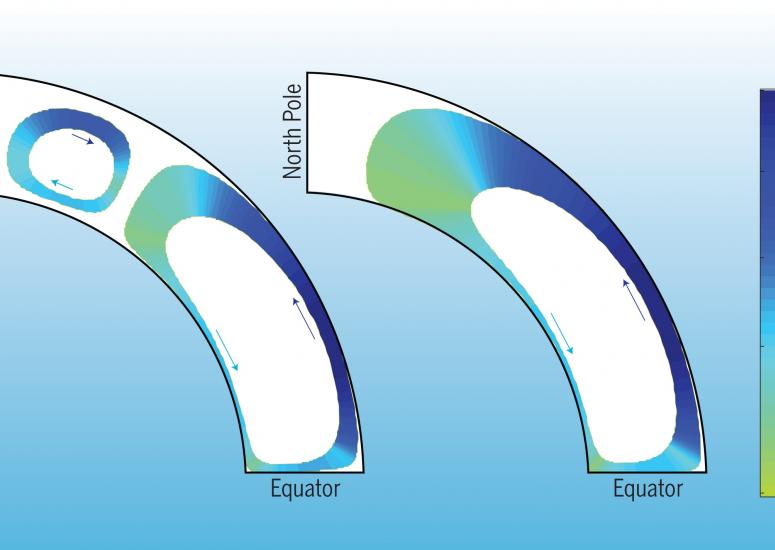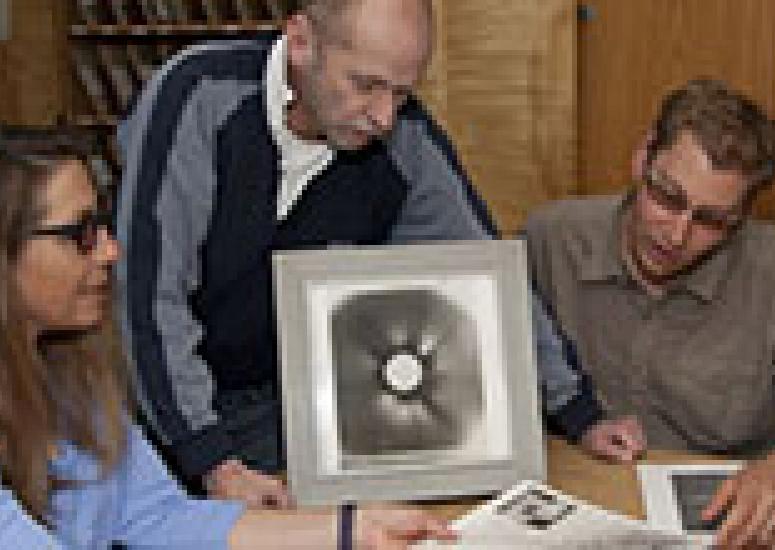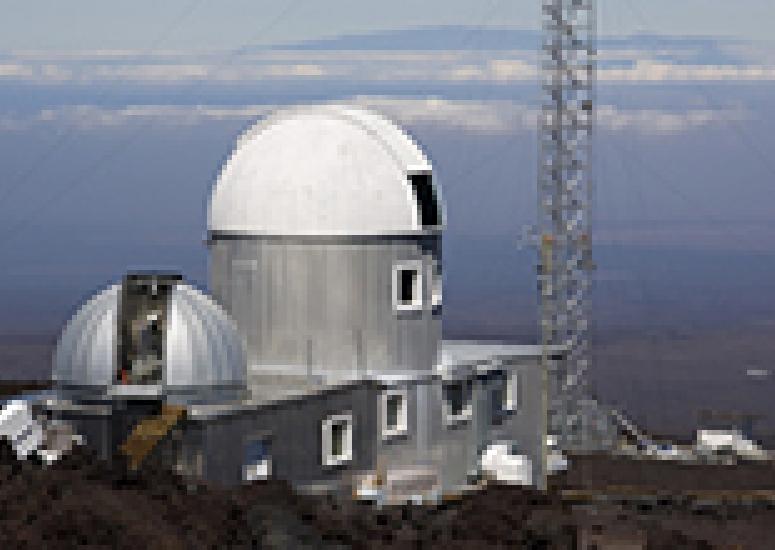-

Shrinking atmospheric layer linked to low levels of solar radiation
The new research has implications for satellite orbits.
- Sun + Space Weather
-

Extended solar minimum linked to changes in Sun’s conveyor belt
Results from a new study should help scientists better understand the factors controlling the timing of solar cycles and could lead to better predictions.
- Sun + Space Weather
-

A century of eclipses
Between 1969 and 1971, NCAR scientist John Eddy set out to archive an important part of the history of both photography and astronomy. Eddy collected more than 100 pictures of total solar eclipses taken from the late 1800s into the mid-1900s.
- Sun + Space Weather
-

Blue skies—and more data
NCAR’s Coronal Multichannel Polarimeter (CoMP) found a new home early this year on Hawaii’s Mauna Loa, a high-elevation paradise for astronomical observers.
- Sun + Space Weather
-
Satellite imagery helps scientists study Sun’s plasma jets
Solar scientists have long debated why the Sun's corona, or atmosphere, is millions of degrees hotter than its surface. Images retrieved by the Hinode satellite, launched in 2006, are shining some light on this paradox.
- Sun + Space Weather

